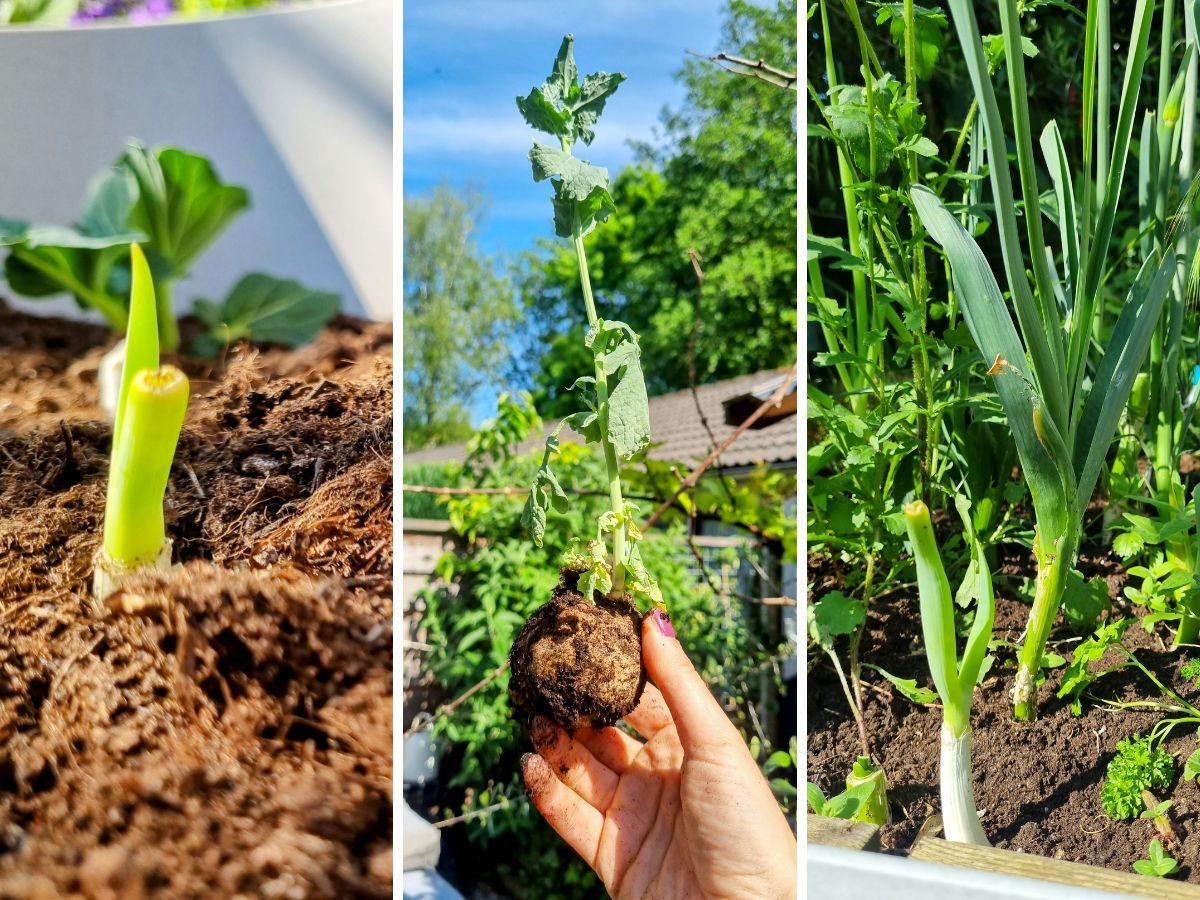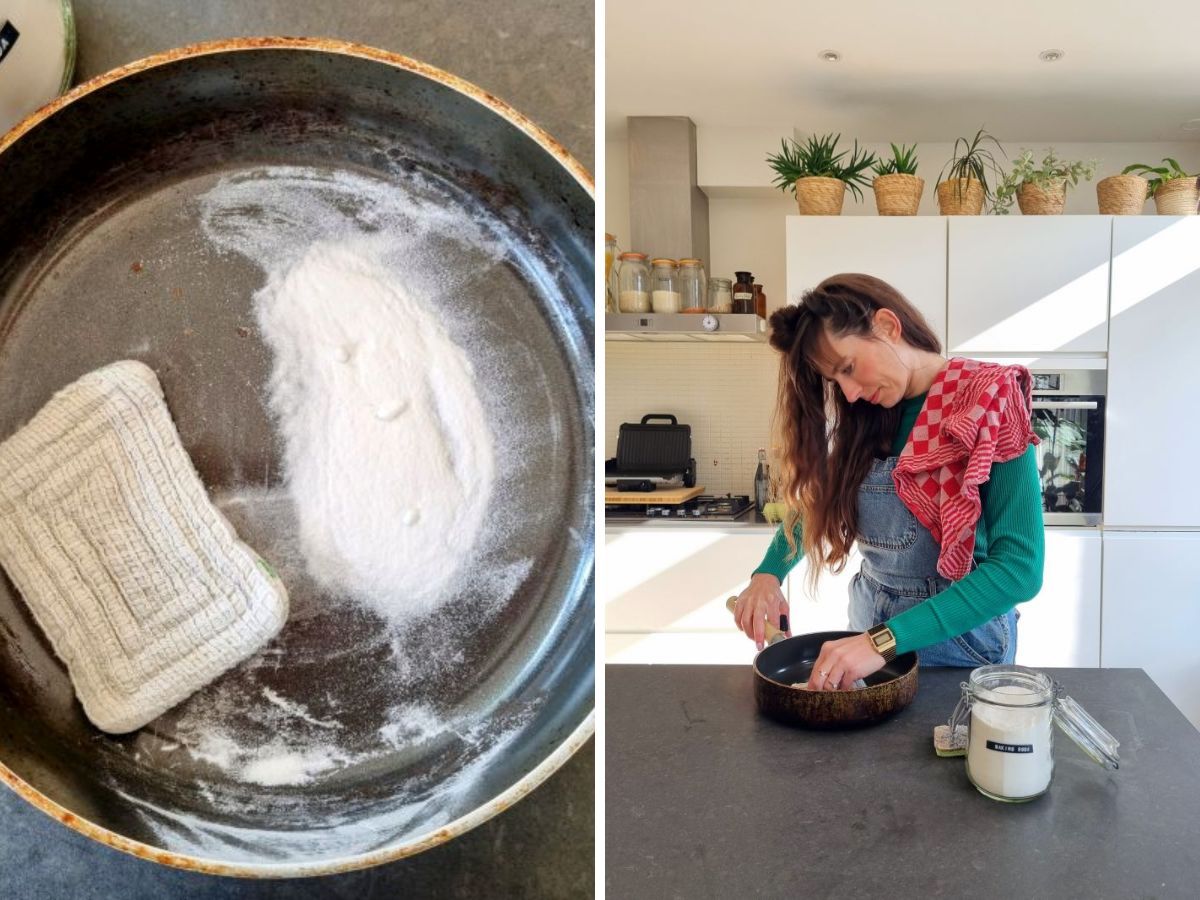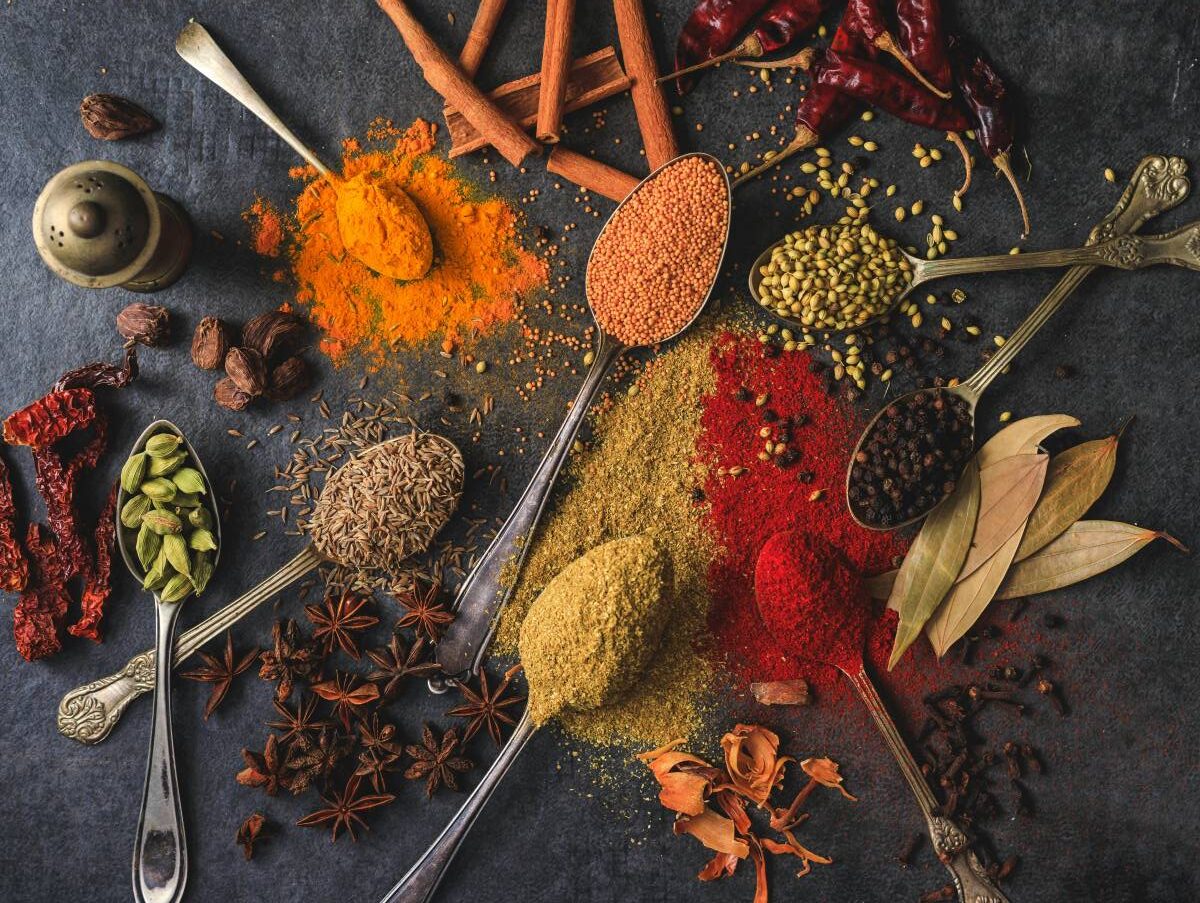Many leftovers from cutting end up directly in the green bin while cooking on your cutting board. Of course, you don't want hard butts and stumps in your dishes. But you can eat much more of many vegetables than we normally do and even better: many leftovers can even be given a second life! The editors of thegreenlist.nl tried it for you: save a small piece of these 10 kinds of vegetables and herbs and with a little care and love, regrow them. That way you can eat them endlessly. Buttons and stumps - the gift that keeps on giving.
Buttons and stumps
What a shame, a cutting board full of trimmings after cooking. Only a small part of that huge bunch of carrots ends up in your pan and even that nice big cauliflower turns into a small stalk after you remove the outer leaves. But it doesn't have to! Did you know that you can eat the leftovers of many vegetables? Carrot tops, for example, are great for chopping up and adding to your salad, and they work well in pesto. The leaves and stems of cauliflower and broccoli can also be stir-fried in wok dishes.
Regrowing
So besides the fact that you can just eat some butts and stems, you can also regrow many vegetables. This actually applies to almost all tuberous vegetables and also to many heads. You really don't need green fingers to get more out of your vegetables, usually a glass of water and some patience is enough. If you make sure you always keep a small piece, you can eat endlessly from these ten varieties!
Re-growing spring onion
Growing spring onion back is real fool proof. Still not confident in your green thumb? Then start with this. Cut the spring onion off about 2.5 centimetres from the root and put the butt in a glass of water. Change the water regularly and before you know it, new stems will be growing on the spring onion, really! You can simply cut the new tops back into rings and use them in your omelette.


To grow new leeks, you don't need a green thumb.
New leeks, pak choi and celery
Have you gained a little more confidence in growing back vegetables? You can also grow back a leek, basically in the same way as spring onions. Cut the butt off the leek liberally and put it in a glass with a layer of water. Pretty soon you will see new roots appear, after which you can put your new leek in the ground to let it grow further. You can also grow pak choi and celery in this way.
Regrowing garlic
You probably recognise it: a forgotten clove of garlic somewhere in a corner of the cupboard with the green sprouts already growing out of it. Although your garlic clove has probably shrivelled up and lost its flavour, you can still use this garlic just fine. You can cut it and incorporate it into a dish or plant it in the hope that a completely new bulb of garlic will grow.
Ginger
Do the ginger roots fly through in your household too? Ginger is quite pricey, so having your own ginger plant is nice for your wallet as well as sustainable. You do have to sacrifice a ginger root first. Choose one with lots of eyes, because that's where the new shoots grow. Plant your ginger root in a pot with soil or kickstart it by hanging it in a glass of water with skewers for a while, until you see the first shoots appear. Ginger plants like a warm environment and plenty of water, so give the pot a nice warm spot in the living room.
Always fresh lettuce at home
Cut the stalk off your head of lettuce and place it in a layer of water. Change every other day and plant the head in potting soil and you have your very own lettuce plant! Do you have a kitchen garden? Picked lettuce works on the same principle: every time you cut a few leaves from the head, it grows again. So you have fresh lettuce every day without having to check the expiry date of a bag of lettuce from the supermarket.
Basil
Basil is especially tasty when you can use it in bunches at a time right? Good news: you can also grow basil back. Cut a sprig off a basil plant and put it in a container of water until roots start to grow. Then plant this sprig in a new pot and that's it!


Left: you can also easily regrow pak choi. Right: for tomatoes, you need a bit more patience.
Tomatoes
Here you need a little more patience, but you can also grow back your own tomatoes. To do this, dry the seeds from a tomato on a piece of kitchen paper and gently plant the seeds in a small container. If you start this in February or March, you can harvest your own tomatoes by mid-summer!
Mushrooms
Did you know that you can even regrow mushrooms? Plant the stalk of a mushroom in a wet layer of soil with coffee grounds and store in a sealed bucket with a few holes. You have to be patient, but after a while the first mushrooms will pop up!
Growing potatoes back
Potatoes that are starting to sprout would rather not be eaten. But instead of throwing them away, try putting them in the ground. After a few days you will most likely see the first plants emerge and after a few weeks you will have a bin full of new potatoes! Would you like to give this a try? Then fill a large pot with soil or plant them in the open ground. You can harvest them as soon as the plants start to droop. This works especially well with organic potatoes and saves you a search for official seed potatoes.
Regrowing vegetables? Choose organic
A glass of water, patience and sometimes a little peat-free potting soil. That's all you need to grow back your own herbs and vegetables. (Why it's better to buy peat-free potting soil, read here.) It's fun to test a bit, as this principle of growing back still works for many more vegetables and herbs. It is smart to choose organic vegetables if you are going to experiment, though. Then you can be sure that your vegetables have not been treated with all kinds of pesticides that may keep them fresher in the supermarket for longer, but at the same time they have lost their ability to grow through. Re-growing vegetables and herbs is nice for your wallet and nice and sustainable, but secretly it is especially cool to see your own vegetables grow, right?
Which vegetables have you grown back? We'd love to add to our list!
More sustainable tips from thegreenlist.nl
- Got a taste for it and fancy having your own herb garden? These are the nicest organic herbs.
- Is your garden ready for winter yet? This is how you help the animals in the garden only echt through the winter.
- You can read here why it makes sense to buy poison-free plants for your garden too.
Photo credits: main image, slicing leeks, vegetable garden with leeks and pak choi: thegreenlist.nl, tomatoes: Kirsten Schoner.












